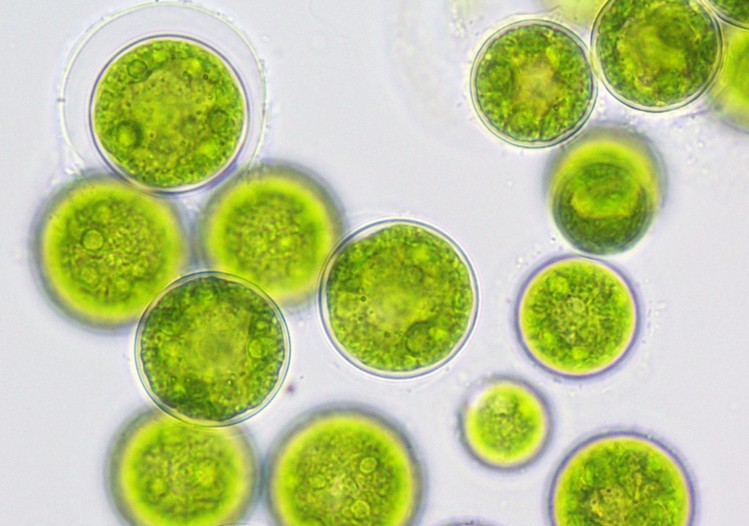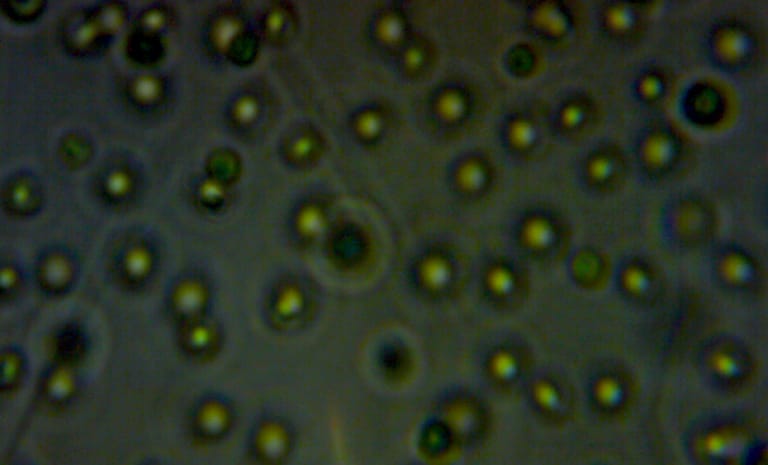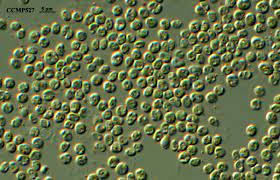Nannochloropsis is a genus of algae comprising six known species. The genus in the current taxonomic classification was first termed by Hibberd. The species have mostly been known from the marine environment but also occur in fresh and brackish water.






Project details
Likes:
Author:
Date:
May 5, 2015March 17, 2021
Categories:
Sequenced genomes
The genomes of the sequenced Nannochloropsis strains were between 28.5 and 29 Mega bases long, they had high density of genes, reduced intron content, short intergenic regions and very limited presence of repetitive sequences. The genes of the two species share extended similarity.The analysis of the genomes revealed that these microalgae have set of genes for the synthesis and incorporation in the cell wall of cellulose and sulfated fucans and that they are able to store carbon in polymers of β-1,3- and β-1,6-linked glucose called chrysolaminarin.
Accumulation of oil in nitrogen deprivation
When cultured in normal growth conditions in standard f/2 medium supplemented with nitrogen, Nannochloropsis cells have an oil content of about 30% of their dry weight. This oil can be used to produce biodiesel. In order to produce biodiesel, the oil content of Nannochloropsis cultures must be increased. Fatty acid biosynthesis in N. oceanica was shown to be integrated with the regulation of the cholesterol biosynthetic pathway, suggesting new genetic engineering or chemical biology approaches for enhanced oil production in microalgae.
